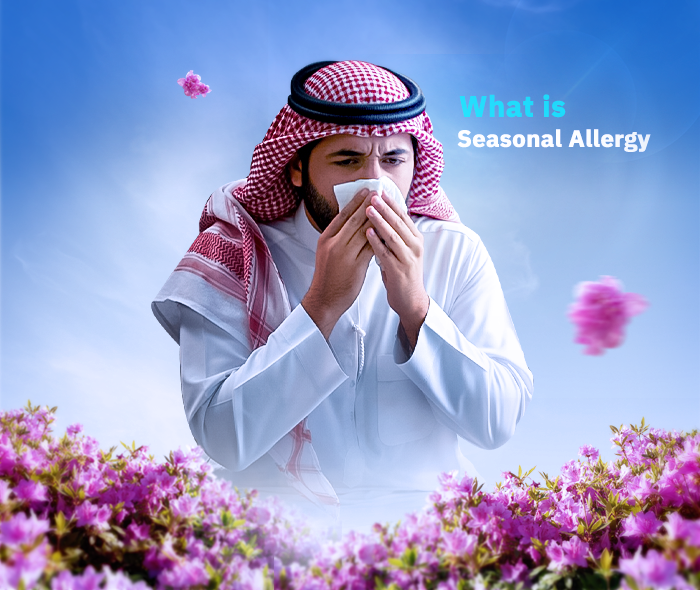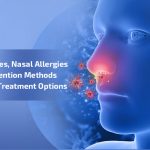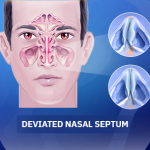Spring allergy
While spring is a season of renewal for many, some people await its arrival with anxiety, with its first breezes comes the onset of a specific condition known as spring allergy, this common condition is linked to the spread of pollen in the air and causes a series of bothersome symptoms such as sneezing, runny nose, itching, and eye congestion.
In this article, we will explore spring allergy, its causes, and ways to alleviate its effects.
- What is spring Allergy?
- Months when spring allergy appears
- Symptoms of spring allergy
- Diagnosing spring allergy
- Treatment options for spring allergy
- Preventive measures for spring allergy
- When to see a doctor
What is spring Allergy?
Spring allergy is a type of seasonal allergy, also known as hay fever or allergic rhinitis, this condition occurs when the immune system overreacts to environmental triggers that commonly appear in the spring, such as airborne pollen released by trees, grasses, and plants.
When the body encounters these substances, it mistakenly treats them as harmful, even though they are actually harmless. As a result, the immune system activates a defense mechanism that includes producing antibodies and releasing chemicals such as histamine, which leads to unpleasant symptoms like runny nose, itching, sneezing, and congestion in the eyes or nose, this exaggerated response is the body’s attempt to expel the allergens, but in reality, it results in the well-known signs of allergy, which can negatively impact quality of life during the spring season.
Months when spring allergy appears
Spring allergy usually begins in early March, as trees start releasing pollen into the air with the rise in temperatures, in April, pollen levels increase as trees continue to bloom and remain active. By May, grasses and weeds begin to release their own pollen, which can worsen the symptoms for allergy sufferers.
In some regions, spring allergy symptoms may extend into June, especially if weather conditions favor the continued spread of pollen in the air. Thus, the spring allergy season may last from March through early June, with the duration and intensity of symptoms varying depending on the geographic location and types of local vegetation.

Symptoms of spring allergy
Nasal congestion:
The affected person may experience a blocked or runny nose, often accompanied by pressure or pain in the sinuses, especially around the eyes and cheeks, which can sometimes lead to a bothersome headache.
Eye irritation:
One of the most common signs of spring allergy is red, itchy eyes. The eyes may also become swollen or watery due to the body’s reaction to pollen or dust.
Coughing:
Due to irritation in the respiratory tract, a dry or mucus-filled cough may occur, in people with allergic asthma, it may be accompanied by wheezing or shortness of breath.
Skin itching and rash:
In some cases, the allergic reaction may extend to the skin, causing rashes, red spots, or mild swelling, especially after direct exposure to triggers like dust.
Fatigue and difficulty concentrating:
Although allergies don’t cause a fever, they can make the person feel generally tired, drowsy, and mentally foggy, this may result from disrupted sleep due to nighttime congestion or constant physical discomfort.

Diagnosing spring allergy
Spring allergy is diagnosed by reviewing the patient’s symptoms and medical history, followed by confirmation through specialized diagnostic tests, the process begins with observing symptoms that suggest an allergic reaction, particularly if they occur during a specific time of year, this is then confirmed with tests such as:
- Skin prick test: A small amount of a suspected allergen is applied to the skin using a tiny prick, the skin is then monitored for a reaction such as redness or a rash, indicating sensitivity to that substance.
- Radioallergosorbent test (RAST): This blood test measures the level of immunoglobulin E (IgE) antibodies in response to specific allergens, helping determine how the body reacts to certain substances.
Treatment options for spring allergy
There is no definitive cure for spring allergy, but there are several steps you can take to reduce its symptoms, ranging from medications to home remedies, here are the most effective tips:
Choosing the right medication:
Over-the-counter allergy medications can help relieve symptoms like itching, sneezing, and nasal congestion, common options include antihistamines, steroid nasal sprays, and decongestants, however, not all medications are suitable for everyone., if these do not provide sufficient relief, immunotherapy (allergy shots) may be a long-term and effective solution.
Steam inhalation:
Steam inhalation is a useful method for easing allergic rhinitis symptoms, it helps open up nasal passages and makes breathing easier, this can be done by placing hot water in a bowl, covering the head with a towel, and inhaling the rising steam. However, care should be taken to avoid direct exposure to boiling water to prevent burns.
Using saline solution:
This is a simple and safe option for both adults and children, it helps cleanse the nasal passages and remove mucus and allergens, reducing swelling and soothing irritated tissues, ready-made sprays are available, or you can prepare the solution at home using warm water and salt.
Preventive measures for spring allergy
Dust removal:
Dust is one of the main triggers of allergies, so it’s important to regularly clean surfaces using a damp cloth or vacuum cleaner, this helps reduce the spread of irritating particles in the air.
Keep windows closed:
To prevent pollen and dust from entering the home, it’s recommended to keep windows closed, especially during allergy season, installing mesh screens can help allow airflow while blocking allergens.
Clean carpets and upholstery:
Dust and pollen can accumulate in carpets and furniture, worsening allergy symptoms, especially in areas where you spend a lot of time, regular cleaning with steam machines or allergy-specific products is advised.
Change bed linens regularly:
Bedding can trap dust mites, pet dander, and other allergens., it’s best to wash sheets at least once a week in hot water to reduce nighttime allergy flare-ups.
Avoid direct sun exposure:
In some cases of skin allergies, direct exposure to sunlight can worsen symptoms, it’s better to use a suitable sunscreen or stay in shaded areas during peak sunlight hours.
When to see a doctor
If spring allergy symptoms begin to interfere with your daily life, do not hesitate to consult a doctor or an allergy specialist, it is recommended to seek medical attention if you experience:
- Frequent or chronic sinus infections
- Difficulty breathing or tightness in the chest
- A persistent or worsening cough
- Ongoing headaches
Spring allergy is not a contagious illness, but rather an exaggerated immune response to seasonal triggers, while it may seem minor, it can significantly affect the comfort and well-being of those who suffer from it, especially during periods when pollen levels in the air are high.






